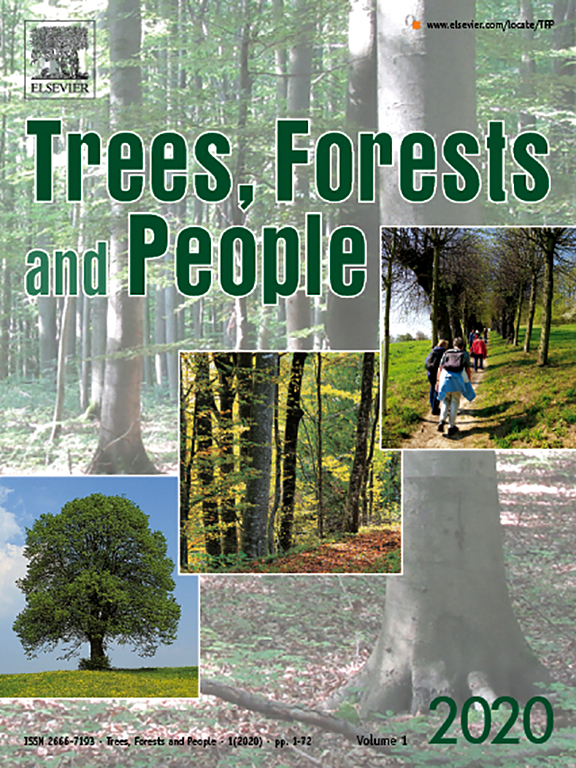This study aims to investigate what consumer’s preference, as group members, to participate in boycott movement in Indonesia.
Design/methodology/approach
A mix method, qualitative (the first phase) and quantitative (the second phase), approach is used. The first phase used secondary data from media reporting interconnected themes on boycott, and the result of which was analyzed using content analysis method. Based on the results of the first phase, the authors continue with the second phase. The second phase used primary data from survey. The data were analyzed using analytical hierarchy process method.
Findings
The results showed that the primary target of boycott is the firm. The primary objective of boycott is the changing in firms’ behavior (instrumental), and the primary root cause of boycott is economy.
Originality Value
The study contributes to improve the authors’ knowledge about consumers’ preference, as group members, in their attempt to get involved in boycott movement. From the perspective of reference group theory, the study shows that consumers always compare what they do to what their groups do. Consumers also tend to be willingly persuaded if an opinion has been adopted by a group of preferred people or when they are the members. From the perspective of expectancy-value theory, the decision to present particular behaviors is the results of rational process directed to a particular objective. Behavior chosen is considered, consequences and results of an action are evaluated, and the decision is made whether or not to take any action.
DOI:
https://doi.org/10.1108/JIMA-11-2016-0086Altmetric score:
Dimensions Citation Count:
Publication year
2018
Authors
Hendarto, K.A.; Dharmmesta, B.S.; Purwanto, B.M.; Moeliono, M.
Language
English
Keywords
organizations
Geographic
Indonesia























